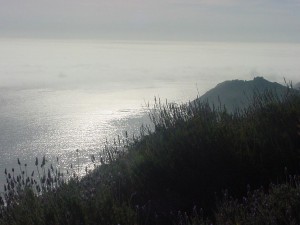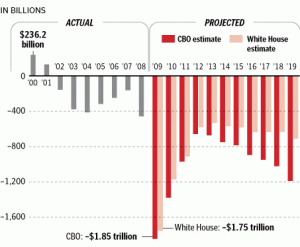Vladimir Horowitz was a one of a kind performer piano virtuoso who in his stage life received adulation rarely seen from the typically staid classical music audience. It was borne of his rare pyrotechnic technique filled with booming rushes of volume and transcendent and delicately displayed motifs that never ceased to enthrall and conquer the listener. His musical life bridged the great string of classical pianists from his connections to Tchaikovsky and Rachmaninoff to his eternal connection to the great musical soul and talents of the Eastern European and Russian Jewish cultural tradition. His unique bravura branded him forever as the holder of the flame of the great classical romantic tradition of Chopin and Liszt and he was acknowledged in his later years as the Last Romantic.
Born in 1903 in Kiev in Czarist Russia, Horowitz was recognized early as a special talent and moved rapidly through elite conservatories of music to meet the performance public by age 16. The tsunami of the Russian Revolution hit his family especially hard, and Horowitz used a rising musical star status as an excuse to study abroad in 1925, and he left his family in Russia permanently behind and transitioned to the West. A 1928 debut at Carnegie Hall performing Tchaikovsky’s 1st Piano Concerto directed by Sir Thomas Beecham catapulted him to performance super-stardom, a perch he essentially never left for his adult life, despite rocky personal and professional travails.
By the 1980’s he was an old man and rarely performed extended concert performances beyond recitals. A special sequence of events in the middle 1980’s brought an opportunity he simply could not turn down, and a challenge that pulled from him at the advanced age of 83 a font of performance the world had thought long gone. Mikhail Gorbachev, the Russian Soviet leader recently ushered into the Kremlin to attempt a resuscitation of the moribund Communist governance initiated the policy of Glasnost, an opening of Russian society to transparency and openness, invited the the Jewish expatriate Horowitz to return to Moscow and celebrate his reunion with his family and people with a series of concerts. Horowitz jumped at the idea and saw himself as a messenger of peace between long warring cultures, the democratic west and communism, the pogromic Russian overlords and the peasant russian jewish society, the reflection of dormant romantic impulses in a society long devoid of personal expression.
The concerts, jealously guarded by Russian communist elite , soon became deluged and overrun with students and triumphant youth straining to bond with the old master, and the audiences were enraptured and ecstatic. And bond he did, with an emotional and spectacular return to the legendary play of his youth with the beautiful tone and interpretation of a virtuoso performer who was the living embodiment of the great masters. The Great Hall in Moscow 1986 through Horowitz’s hands reverbirated with the presence of a natural synthesis of common humanity and the greatness of the highest capacity for human expression rarely seen before, and rarely seen since. Whatever the myriad of reasons for the eventual fall of the curtain of communism in 1989, Horowitz’s grasp of the baton of human freedom and individual genius played an eventful part.
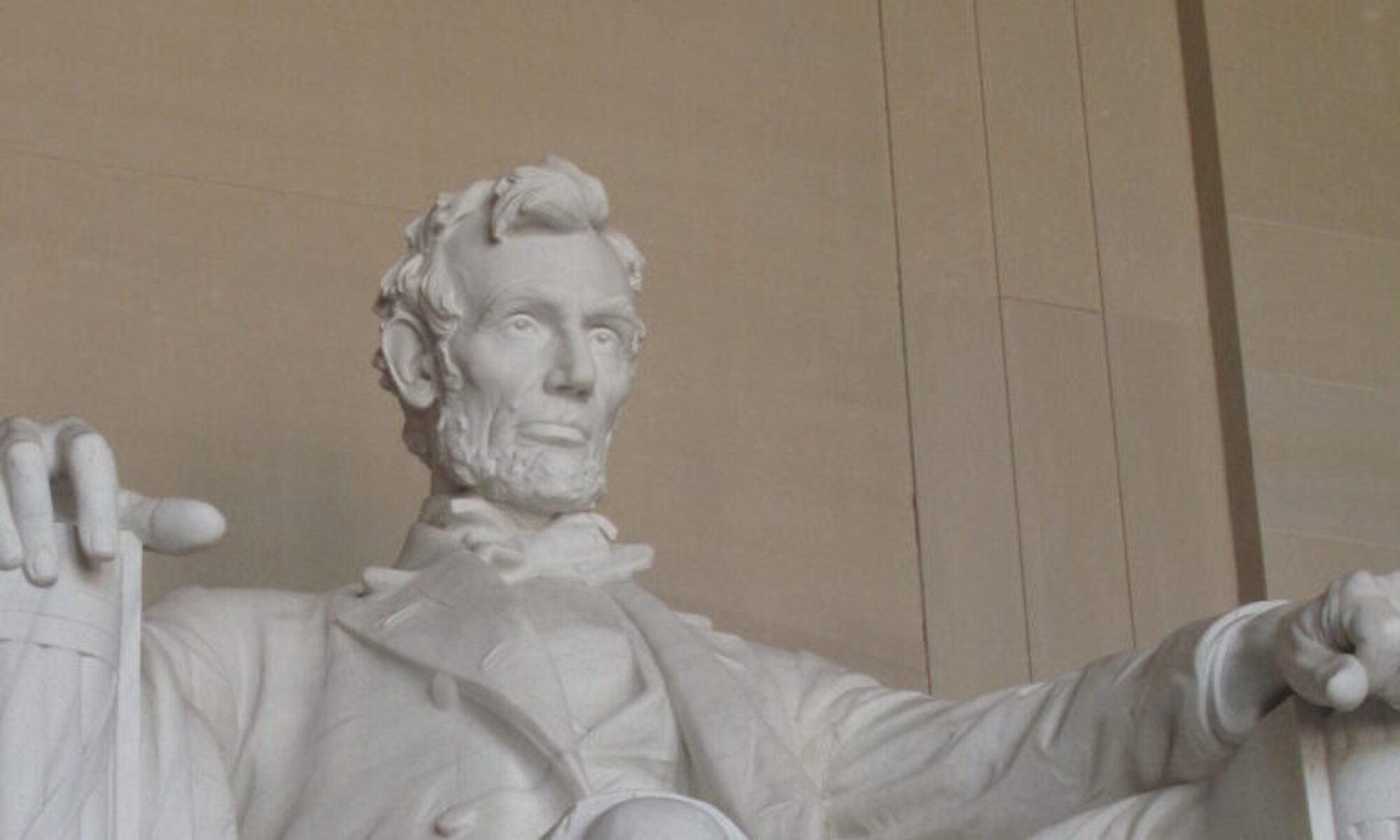
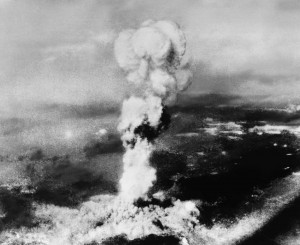

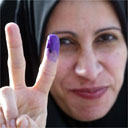
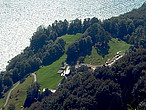



 …and a little video of martial pride…
…and a little video of martial pride…



